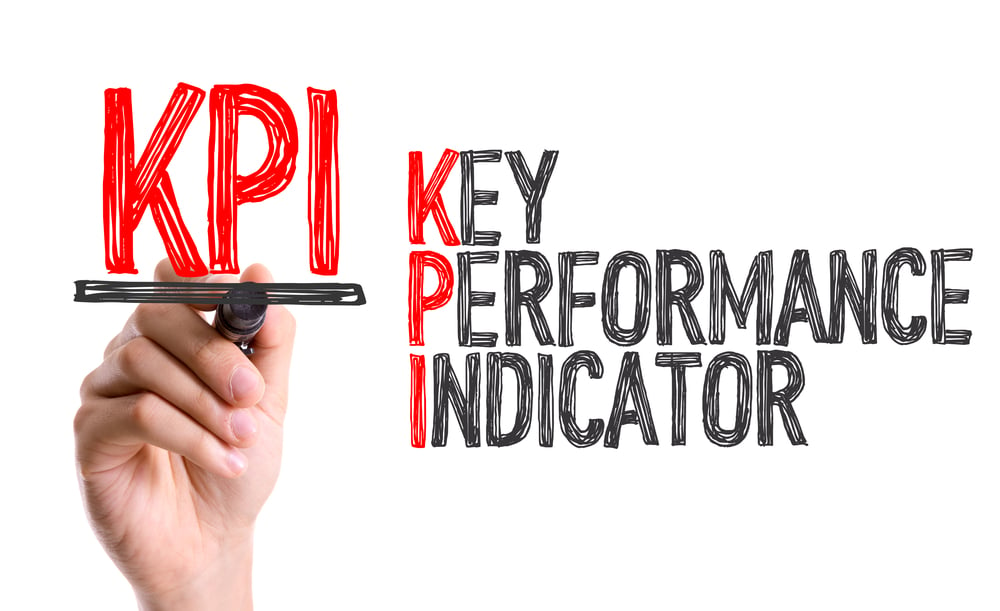Dataphobia: is it a rational fear in a world of corporate event instability?
Originally created for M&IT
Turbulence
We are living in a time of corporate event turbulence. And the instability comes from not having the right insights to truly evidence our business impact and value. The fear of measurement is holding us back.
Absolutely, measuring performance effectively may show us that certain events are falling short. But it’s far from scary – it’s incredibly useful and empowering.
As event leaders, data is the only tool that puts us firmly in the strategic driving seat. Understanding where individual events aren’t hitting business KPIs is the first step to doing something about it and, by contrast, allows us to leverage those highly performing events that change attendee perception and behaviours.
But you don’t know what you don’t know, and running from the data is much more dangerous than using it to strategically to make the right decisions. So the question is – what should every corporate event leader apply to rid themselves of dataphobia forever?
Collect the right data
Gone are the days of using attendee numbers or revenue generated as rational event performance metrics. Not only are these purely reactive metrics (by the time attendee numbers have started to drop or we’re losing revenue, it’s too late to make strategic changes to our event design), they don’t tell us the most important longer term insights that really count – how attendees perceive us/our events, how their behaviour is changing because of them and what the longer term impact will be to the business.
As we move away from measuring these more reactive metrics, we can start to be proactive in strategising and evolving our event programmes accordingly. There is no fear of the unknown if you know exactly what data you should be collecting.
Communicate findings effectively
You could have collected the best data in the world, but if this is poorly relayed to the event’s stakeholder group, then the effort risks being wasted. Communicating findings effectively to the business will not only arm you with control and confidence to alleviate your fear, but enables you to demonstrate your strategic position to your non-event peers.
Like with many things, you have to consider what that end presentation might look like from the very beginning. It’s critical to understand before you even start collecting your event data what success looks like for a given event or portfolio, and what data points are central to measuring performance against this success criteria. Deliberately consider who are the different stakeholders, how should the findings be communicated back to them, and what you want them to do about it?
Use your insights as a strategic planning asset
Once you’ve collected the right data and communicated findings effectively, it’s then imperative that you actually use your insights strategically – closing the loop.
If, during steps one and two, you’ve established that an event isn’t performing as the business would like, rather than being fearful of how this reflects on the events function, use this knowledge to strategically review the future of that particular event or portfolio. Closing this loop allows you to redistribute budgets, consolidate assets, make justified decisions and strategically redesign the future of your events programme.
For a long time, there has been a fear of robustly measuring the performance of our events. Yet if we let dataphobia reign supreme, we will never have the right tools to defend our functions, our roles and our teams. The real scary thing is not being able to demonstrate crucial event value in a period of corporate event instability.
.png?width=150&height=61&name=explori_logo%20(1).png)
.png?width=500&height=540&name=Group%20160852%20(1).png)



